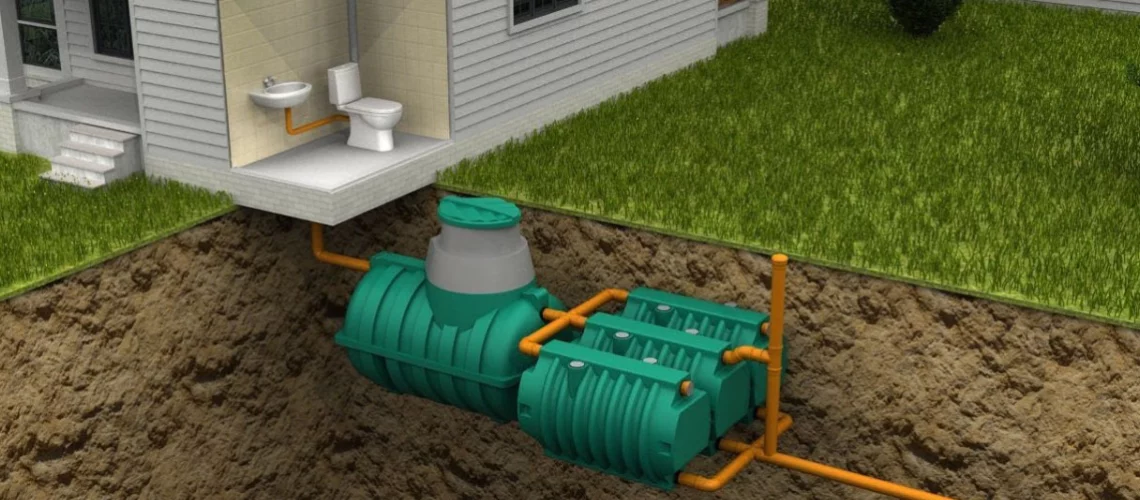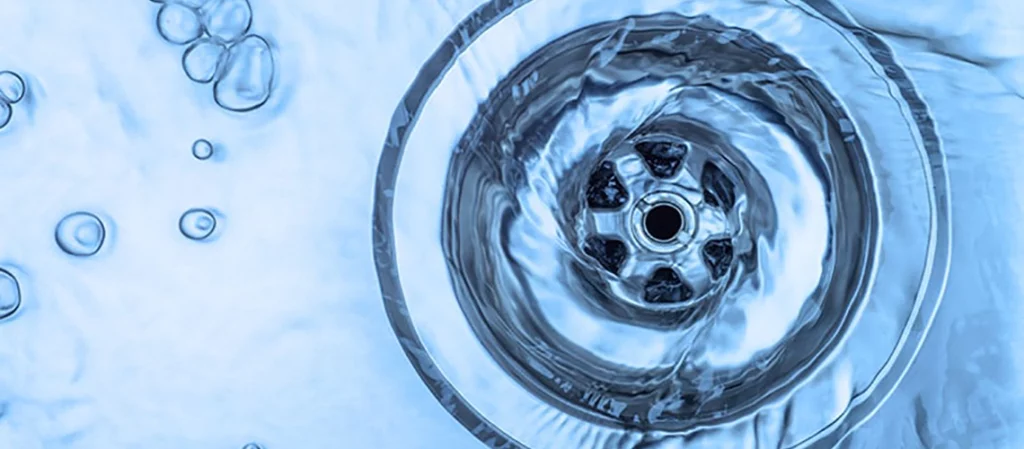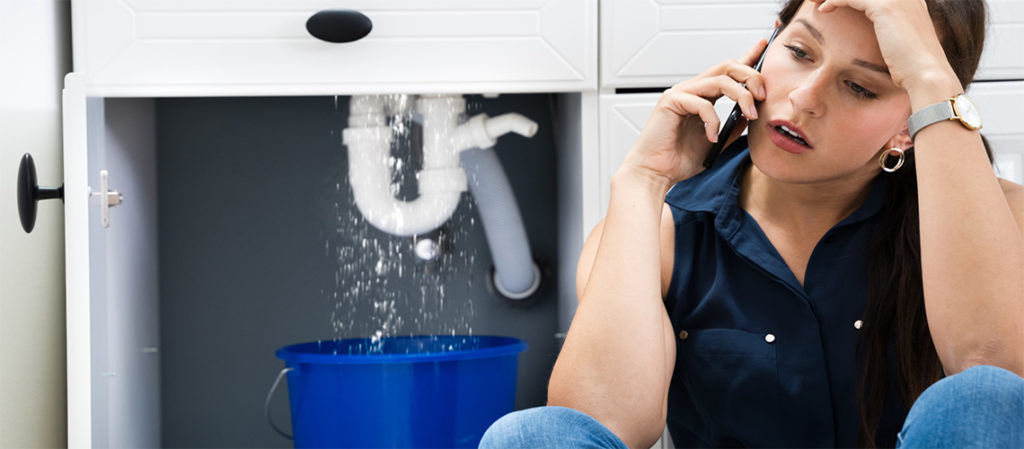Sewer backup is a common and costly problem that can cause significant damage to your home and property. It can also be a health hazard, exposing you and your family to harmful bacteria and other contaminants. Fortunately, there are several steps you can take to prevent sewer backup and protect your home. Here are some top tips to help you get started:
Contents
- 1 What To Do When Your Sewer Backs Up
- 1.1 Understanding the Causes of Sewer Backup: Common Culprits
- 1.2 Regular Maintenance: Your First Line of Defense
- 1.3 Installing Backwater Valves: A Crucial Preventative Measure
- 1.4 Avoiding Flushing or Pouring the Wrong Things Down Drains: Best Practices
- 1.5 Handling a Sewer Backup: What to Do if It Happens
- 2 DIY vs. Professional Help: Making the Right Choice for Your Needs
What To Do When Your Sewer Backs Up
If your sewer backs up, it’s essential to take immediate action to prevent further damage. Here are some steps you can take:
- Turn off the water supply to your home to prevent additional water from flowing into the sewer system. This will prevent any additional water from flowing into the sewer system and exacerbating the problem. You should also avoid using any water in your home until the backup has been cleared, as this can cause further flooding and damage.
- Avoid using any water in your home until the backup has been cleared.
- Call a professional plumber or sewer cleaning service to clear the blockage and assess any damage.
It’s important to note that attempting to clear the blockage yourself can be dangerous and potentially cause further damage. Chemical drain cleaners, for example, can be harmful to your pipes and may not effectively clear the blockage. It’s best to leave the job to the professionals.

While you’re waiting for the professionals to arrive, there are some steps you can take to minimize the damage and protect your home. You should turn off your furnace or heating system if it uses natural gas, as the backup can cause gas to build up and create a fire hazard. You should also move any items that could be damaged by water, such as furniture or electronics, to a dry area.
Once the blockage has been cleared, the plumber or sewer cleaning service will assess any damage that may have occurred. They may need to repair or replace damaged pipes or fixtures, and they may recommend preventative measures to prevent future backups.
Understanding the Causes of Sewer Backup: Common Culprits
Sewer backup can be caused by a variety of factors, including:
- Tree roots: Roots can grow into sewer lines and cause blockages. Trees planted too close to the home can send roots deep into the ground and infiltrate pipes, causing blockages and damage. To prevent this, consider planting trees at a safe distance from your home’s plumbing system.
- Grease: Pouring grease down your drains can cause it to solidify and clog the sewer system. These substances can solidify and create blockages that prevent water from flowing through the pipes properly, leading to backup. To prevent this, avoid pouring grease, fat, or oil down your drains and dispose of these substances in the trash instead.
- Flushing inappropriate items: Flushing non-degradable items such as wipes, diapers, and feminine hygiene products can cause blockages.
- Aging infrastructure: Older sewer lines may deteriorate, collapse, or become clogged with debris.
Broken or damaged pipes can also cause sewer backup. Over time, pipes can become worn or damaged, leading to leaks and blockages that prevent water from flowing through the pipes. Regular plumbing maintenance can help identify and repair damaged pipes before they cause sewer backup.
Finally, sewer backup can be caused by heavy rain and flooding. During heavy rain, the amount of water entering the sewer system can exceed its capacity, leading to backup. Installing a backwater valve can help prevent this by allowing water to flow out of the home but preventing it from flowing back in.
By understanding these common culprits of sewer backup, you can take preventative measures to reduce the likelihood of this problem occurring in your home. Regular plumbing maintenance, proper disposal of fats and oils, planting trees at a safe distance, and installing a backwater valve can all help prevent sewer backup. If you do experience sewer backup, it’s important to call a professional to clear the blockage and assess any damage to your plumbing system.
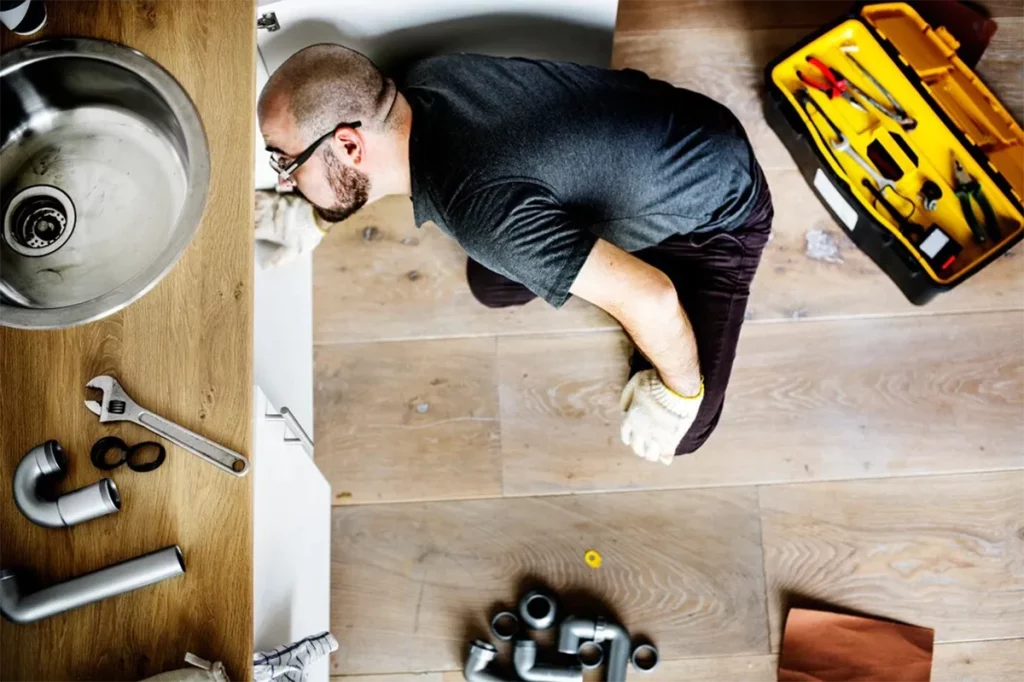
Regular Maintenance: Your First Line of Defense
Regular maintenance is key to preventing sewer backup. Here are some steps you can take to keep your sewer lines in good condition:
- Have your sewer lines inspected and cleaned by a professional plumber or sewer cleaning service every few years.
- Avoid planting trees near your sewer lines to prevent root intrusion.
- Dispose of grease, oil, and fat in the trash instead of pouring it down the drain.
- Only flush toilet paper and human waste down your toilets.
Installing Backwater Valves: A Crucial Preventative Measure
Backwater valves are an effective way to prevent sewer backup. They work by allowing water to flow out of your home but preventing it from flowing back in. Here are some things to keep in mind when installing backwater valves:
- Hire a licensed plumber to install the valve.
- Make sure the valve is installed on the main sewer line and not on a branch line.
- Test the valve periodically to ensure it’s working correctly.
Avoiding Flushing or Pouring the Wrong Things Down Drains: Best Practices
To prevent sewer backup, it’s essential to avoid flushing or pouring the wrong things down your drains. Here are some best practices to follow:
- Only flush toilet paper and human waste down your toilets.
- Dispose of grease, oil, and fat in the trash instead of pouring it down the drain.
- Don’t flush non-degradable items such as wipes, diapers, and feminine hygiene products.
- Use a drain strainer to prevent food scraps and other debris from going down the drain.
Handling a Sewer Backup: What to Do if It Happens
If you experience a sewer backup, it’s crucial to take immediate action to prevent further damage. Here are some steps to follow:
- Turn off the water supply to your home to prevent additional water from flowing into the sewer system.
- Avoid using any water in your home until the backup has been cleared.
- Call a professional plumber or sewer cleaning service to clear the blockage and assess any damage.
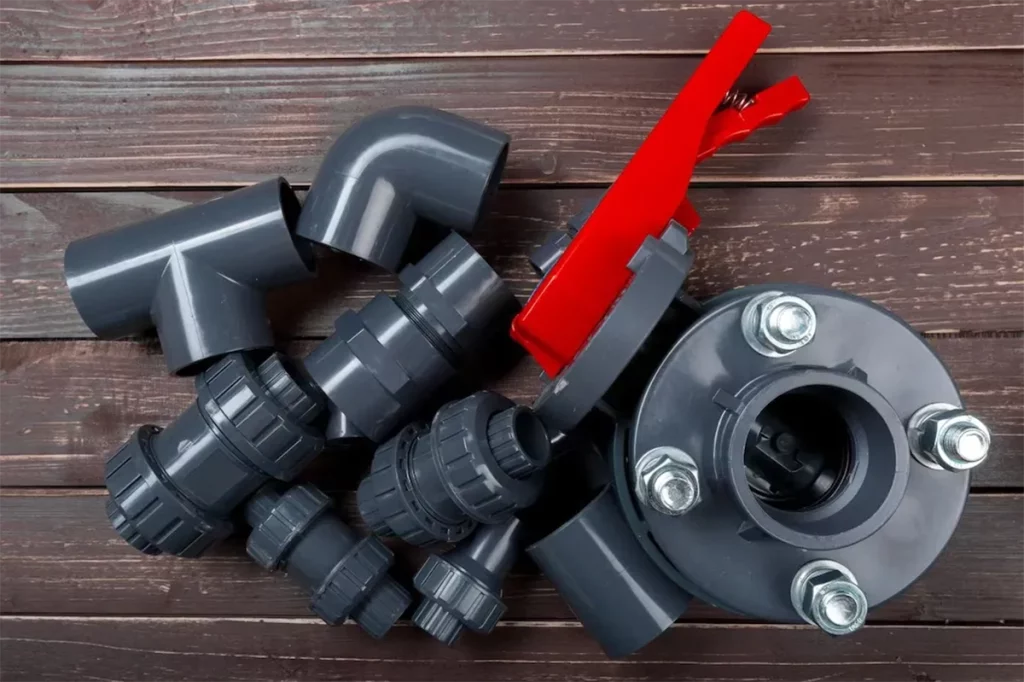
DIY vs. Professional Help: Making the Right Choice for Your Needs
If you’re experiencing sewer backup, you may be wondering whether to tackle the problem yourself or call in a professional. Here are some things to consider:
- DIY solutions such as using chemical drain cleaners can be harmful to your pipes and may not effectively clear the blockage.
- Professional plumbers and sewer cleaning services have the expertise and equipment to identify and clear the blockage safely and effectively.
- Attempting to fix the problem yourself may result in further damage or even injury.
In general, it’s best to leave sewer backup prevention and repair to the professionals. Regular maintenance and preventative measures can help reduce the likelihood of sewer backup, but if it does occur, calling in a professional can save you time, money, and potential health risks.
In conclusion, preventing sewer backup should be a priority for any homeowner. By understanding the common causes of sewer backup and taking preventative measures such as regular maintenance and installing backwater valves, you can protect your home and family from the damage and health hazards associated with sewer backup. If you do experience sewer backup, take immediate action to prevent further damage and call a professional for assistance. By following these top tips, you can ensure your home stays safe and free from sewer backup.
FAQ
To stop sewage from backing up in your house, there are several preventative measures you can take. First, avoid flushing anything other than human waste and toilet paper down your toilet. Additionally, avoid pouring grease, fat, or oil down your drains, as these substances can solidify and cause blockages. Finally, consider installing a backwater valve, which can prevent water from flowing back into your home’s plumbing system.
To prevent sewer problems, there are several steps you can take. First, practice proper plumbing maintenance, including regular inspections and cleaning of your pipes. Additionally, avoid flushing or pouring anything other than human waste and toilet paper down your toilet and dispose of fats, oils, and grease in the trash instead of down the drain. Finally, consider installing a backwater valve to prevent sewer backups during heavy rain or flooding.
The most common cause of sewer backup is the accumulation of grease, fat, and oil in the pipes. These substances can solidify and create blockages that prevent water from flowing properly through the pipes, leading to backup. Other common causes of sewer backup include tree roots invading the plumbing system, broken or damaged pipes, and heavy rain or flooding. By understanding these common culprits, you can take preventative measures to reduce the likelihood of sewer backup in your home.



